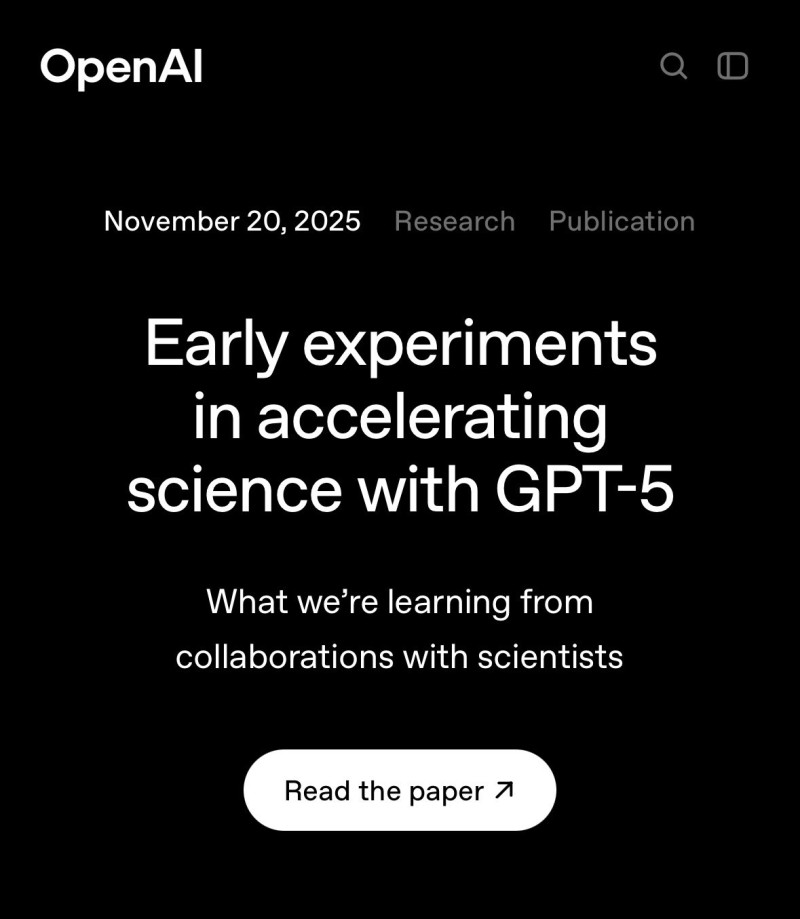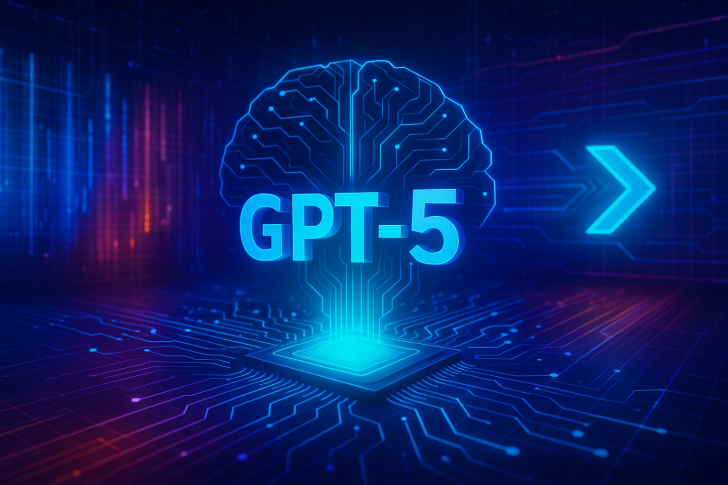⬤ OpenAI's next-generation GPT-5 model is showing early signs of a major leap in scientific reasoning and research contribution. The system is no longer limited to summarizing existing academic work but is now producing original mathematics, uncovering hidden literature, and engaging with complex physics and biology questions at a level that resembles active research collaboration. These developments point to a significant broadening of AI's functional role in scientific workflows.

⬤ GPT-5 has demonstrated the ability to rediscover advanced mathematical results and extend them further, suggesting a form of conceptual reasoning not previously observed in large-scale models. The system reportedly collaborated with physicists on symmetry structures in curved spacetime, specifically identifying SL(2,R) patterns associated with black-hole physics. It also located decades-old proofs buried in niche journals, highlighting a capability for deep retrieval across fragmented scientific literature. These examples illustrate a shift from passive information processing toward active theoretical engagement.
⬤ The model's performance in biological research marks another notable shift. GPT-5 was described as generating biological mechanisms directly from raw experimental data, with its predictions aligning with unpublished wet-lab findings. It has also proposed experiments considered strong enough to qualify as coauthor-level contributions. Such output suggests that AI is beginning to compress multiple stages of the scientific pipeline, from hypothesis formation to experimental design and validation. Broader implications include a decline in discovery costs and the weakening of bottlenecks that have traditionally slowed progress across expert-dependent disciplines.
⬤ The significance of these developments lies in the potential reconfiguration of scientific productivity. A system capable of producing new equations, verifying structures in theoretical physics, synthesizing obscure literature, and generating experimentally testable predictions could accelerate the pace of discovery across numerous fields. As human–AI research teams scale, these capabilities may reshape expectations around innovation cycles, competitive advantage in research-driven sectors, and the long-term trajectory of scientific advancement.
 Saad Ullah
Saad Ullah

 Saad Ullah
Saad Ullah


